Let me tell you about what I consider my 2nd worst startup failure - a database for UK company financials.
I’ve had a few entrepreneurs ask me about this one, probably because it seems like such a valuable product that it’s **destined** to succeed. That’s what I thought too, and I learned a painful lesson about validating as early as possible.
Origin story
The idea came about while I was working at a financial data company that actually sold this data. Problem was, they relied either on data feeds from 3rd party vendors, or collected it manually using a low-cost workforce.
I discovered that British companies’ accounts are publicly available on UK’s company registry, Companies House, for free. What’s more, about 80% of the accounts are available in XBRL format, which is equivalent to XML.
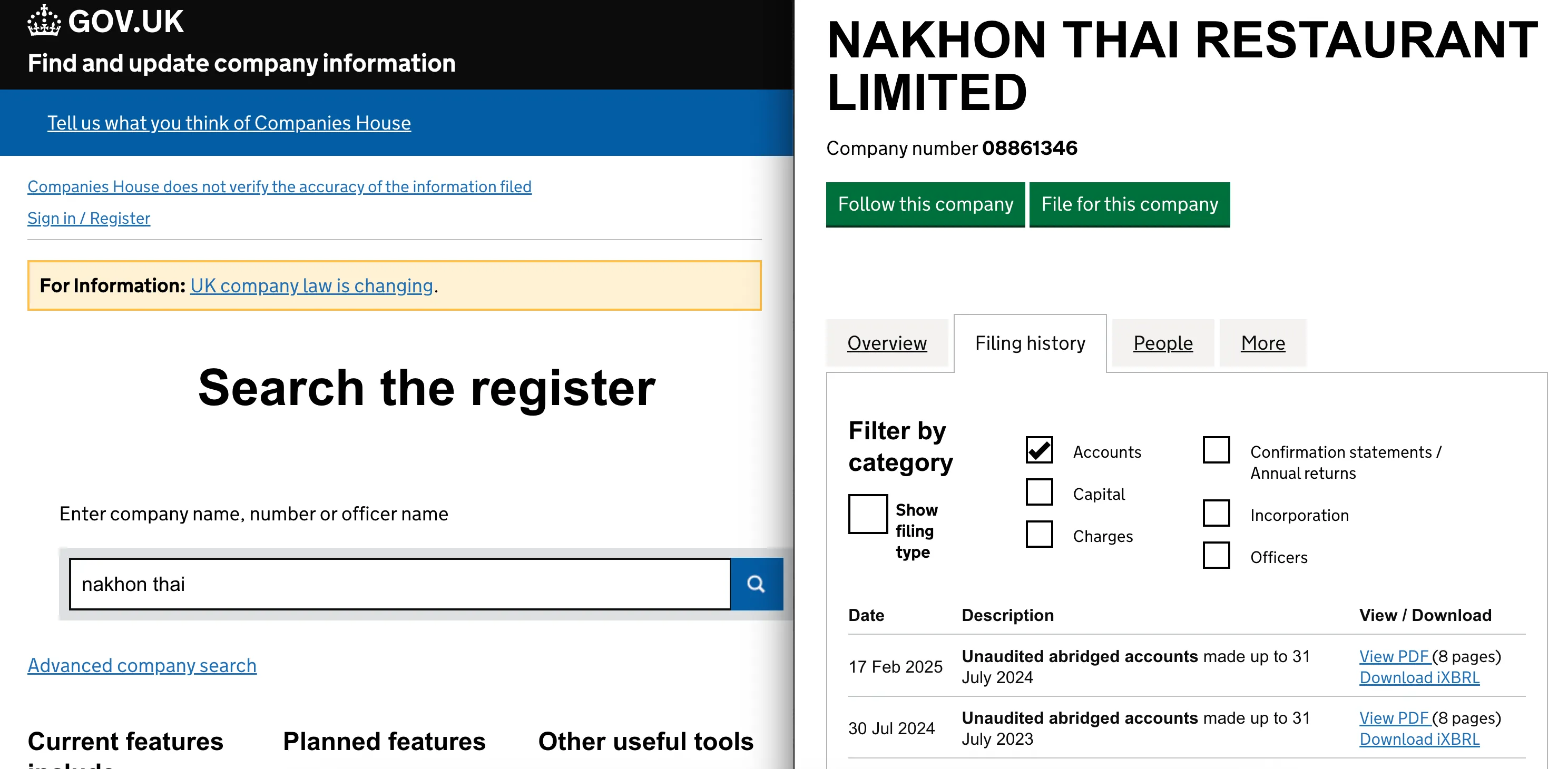
I wrote a Python script to gather some of the key figures in these accounts. I then presented it to our Product Manager for the database, hoping she’ll give me the opportunity to build it for the company. She couldn’t give a damn; that’s corporate incentives for you.
I wasn’t interested in startups at the time, nor did I have the knowledge on how to build it. So, I set the idea aside for 3 years, before finally deciding to give it a go.
Research
I started by doing some research into the market. I knew my now-ex company sold this data, but they targeted larger customers. So, I figured I should go for SMEs.
I searched online for vendors that serve that segment; quite a few popped up, the best one by far was Endole. It offers pretty much all the data you can find on a company from public filings, not just the financials - address, ownership, debts; and a generous free tier, too.
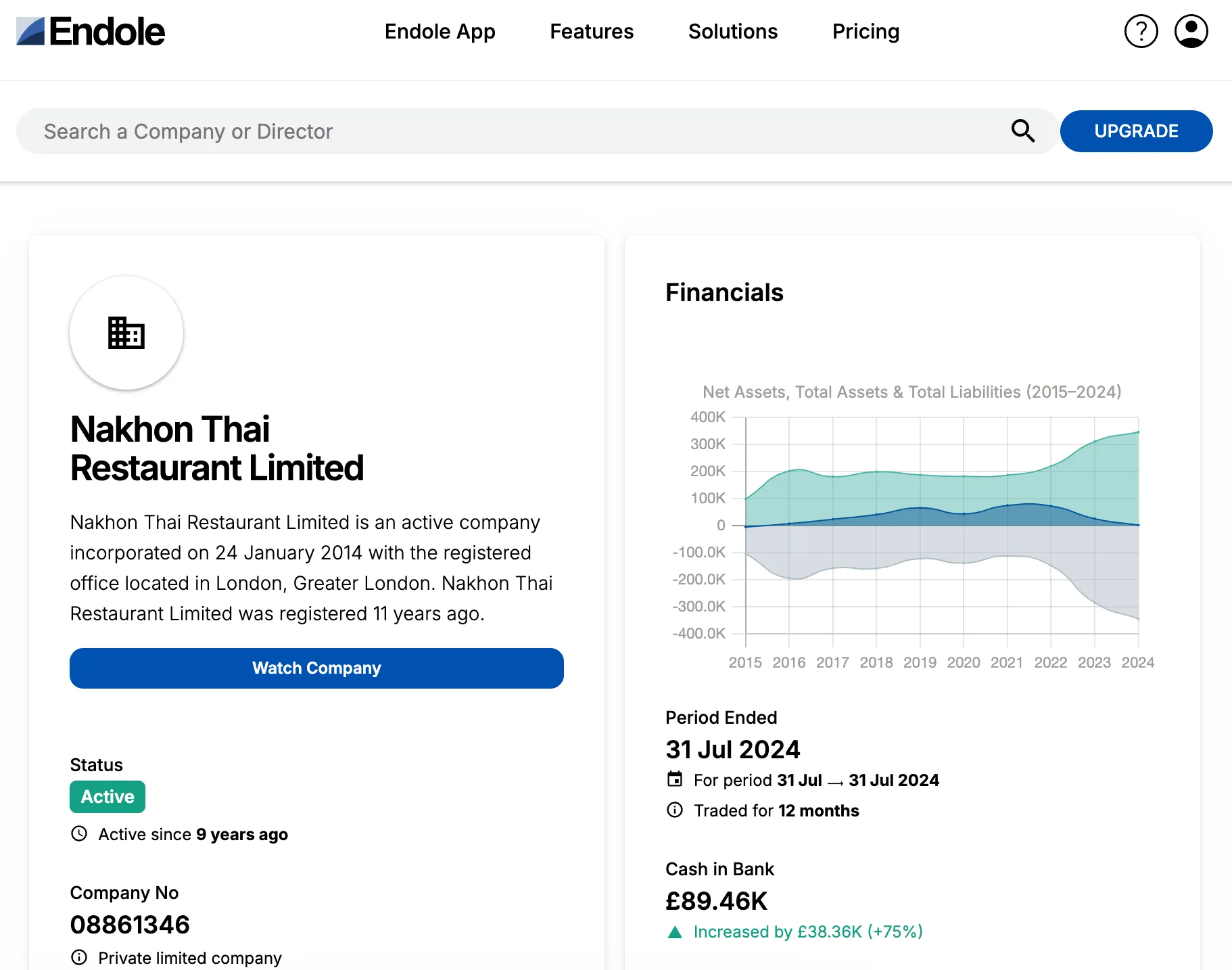
I did notice a couple of things missing:
- the ability to use complex filters across the entire dataset
- a reasonably-priced data feed product
An opportunity for a competitor. That was enough to convince me to build an MVP.
Development
I needed to figure out a few things for the launch:
- The landing page design, with pricing options
- How to process the XBRL filings, at scale
- The design of the web app where users could perform the complex filtering
Given the team was composed of the “mighty” army of one, I decided to focus on the most important piece of the puzzle - the XBRL filings ingestion.
Even that was a pain; I needed 3 months to get a working prototype. And it turned out to be quite expensive to run - about $4k to process all the accounts for a given year.
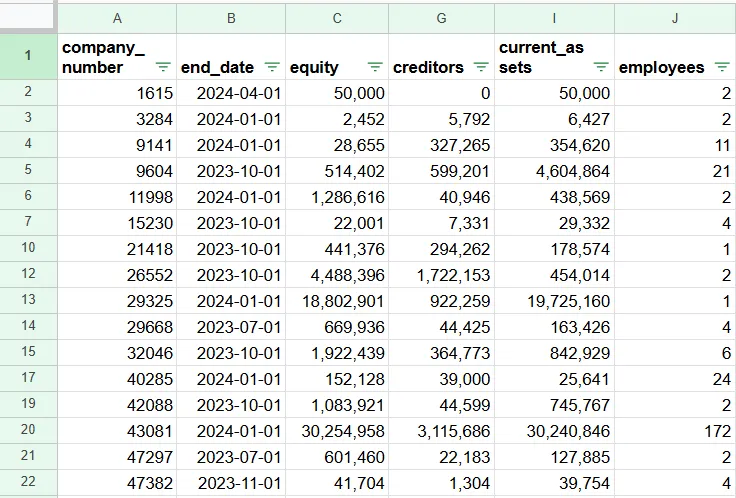
Spreadsheet with financials extracted from the XBRL filings
I decided to extract financials only for a month, to keep the costs low. I then built a very basic landing page, whose only purpose was to show some sample data as proof that I can deliver the product.
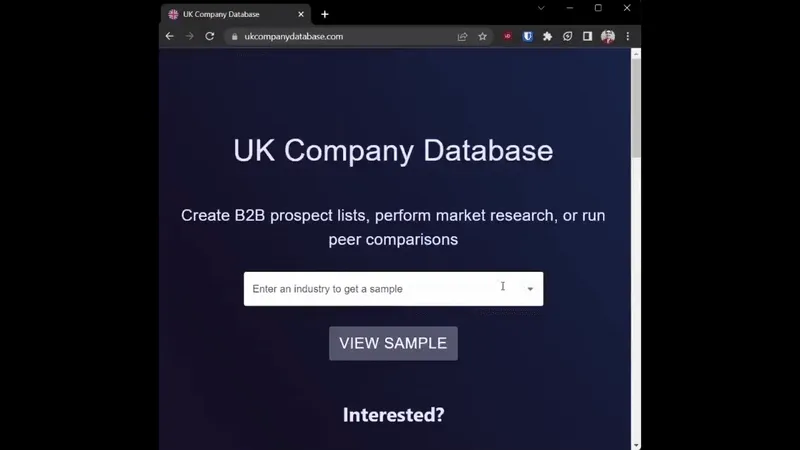
For my first customers, I intended to build custom queries that matched their requirements, and send them the data in a CSV. MVP, done - time to speak to potential customers.
Validation
I posted on LinkedIn, knowing that I had a few people who would be interested in this data.
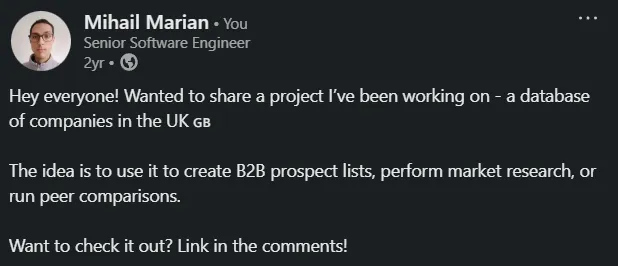
Private equity use case
One person reached out after seeing my posts - he was an analyst at a small private equity firm. The ideal customer!
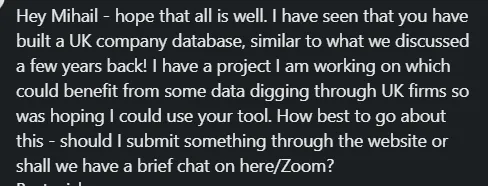
We had calls, we met in person. I ran a custom query for him, sent some sample data. And then, he got back saying that he isn’t that interested in the data.
Why, I asked him? The answer made perfect sense. Private equity firms don’t assess acquisition opportunities by looking at individual companies. They research industries that are ripe for disruption, then look to acquire any businesses in that segment that are up for sale. Financial fundamentals play much lesser importance, and they can’t go for companies outside of their criteria as they wouldn’t have the know-how to operate them.
I tried contacting other, one-man-band kind of private equity firms; just in case they were more flexible with their acquisition search patterns. No one replied, so I gave up on this customer persona.

One of the cold messages I sent
Sales use case
Another hypothesis was that sales people would be interested in this data. And I did have a friend order a list of wholesale pharmaceutical companies based in the Midlands (a region in the UK).

My first ever startup money, a whole fiver!
Unfortunately, he was the only one who asked for the data. I’m not sure how useful it was to him, either. I didn’t have the key info that one would need in business development - emails and phone numbers. And the industry classifications I collected were either too broad, or simply unreliable as there’s no legal/regulatory enforcement around them.
And thus, my journey with this startup came to an end.
Hindsight
Looking back, I realise I wasted so much time (and a bit of money) by building the product without any validation. I was really confident in my idea, and I let it blind my judgement.
What I should’ve done, instead, is buy a subscription to Endole, then immediately reach out to people that fit my customer personas, offering to build them a list of companies using the Endole subscription.
It was a painful lesson, that I think about to this day. Luckily it didn’t cost me much. I guess I learned something from my worst-ever startup failure; I’ll talk about that one another time!